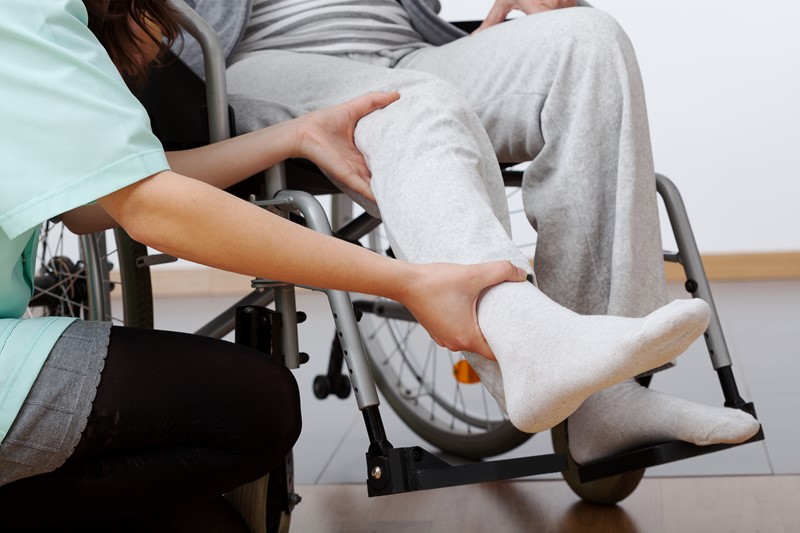A recent report in the US stated 47% of physicians surveyed were feeling symptoms of burnout. Clinician burnout frequently stems from the pressure to ‘do more with less’ while constantly running into obstacles, including technology that is difficult to use and bureaucracy that doesn’t contribute to the care of patients. It also comes from ethical or moral distress related to the realisation that many patients will not receive the highest standards of care their clinicians believe they deserve.
Nurses and other clinicians must adjust to a world with too many patients, unhelpful technology, too much administration and too few resources available to meet patients’ needs. We need to find a way to relieve them from this burden and help improve care coordination by automating key processes, facilitating better patient-clinician partnerships and empowering patients to play a more active role in their care.
In the next blog in our latest series on how healthcare can leverage technology to achieve the Quintuple Aim, we take a look at how improving patient engagement can help relieve burnout.
Enabling patients is key
One of the reasons clinicians give most often for entering their profession, and their greatest source of professional satisfaction is the clinician-patient relationship. Clinicians and caregivers want to do the right thing for their patients; they truly care and want to provide the right treatment while also being aware of the powerful benefits that come from empathetic human connections.
A key cause of burnout is not being able to spend adequate time treating and supporting patients due to system inefficiencies and the time spent on menial administrative tasks. Engaging patients and their caregivers to play a more active role in their health and wellbeing can help alleviate some of this.
Patient engagement technologies, such as digital front door, provide a one-stop shop for everything a patient needs for better interactions with the health system. This could be anything from connecting patients with the right member of their care team, to the ability to directly make appointments, ask for repeat prescriptions or simply complete forms before an appointment or even before surgery.
Automating standard processes
With 60% of clinicians attributing burnout to bureaucratic tasks such as paperwork, it’s clear automating tasks where possible will help. For example, if a patient has a telehealth consultation with a clinician via a centralised digital front door, the interaction note made can automatically be shared with their GP and anyone else involved in their care. Patients can also take and upload their vital signs into the digital front door so that clinicians can review and compare them against their medical history ahead of any appointments.
A digital front door with an integrated AI-powered symptom checker can help people to determine whether their condition may be serious, whether they need to see their GP or whether they can manage their symptoms from home. This can help streamline the patient journey so that patients are guided straight from the platform onto the correct care pathways built into the system.
Ensuring patients are treated in the right place and at the right time, and empowering patients and clinicians with the right information maximises the face time between physicians and patients, leaving more time to discuss substantive issues.
Better resource management
In the longer run, highly engaged patients empowered with the tools to become part of their care team will inevitably enable health systems to better manage resources. Patients with a better overall understanding of their care journey who understand where they need to be and when will help minimise no-shows for clinical visits and turn-aways at operating theatre doors, helping address common challenges like the length of waiting lists.
These improved interactions between clinicians and patients are incremental and will have a significant impact on the day-to-day operations of care teams. Improving the patient-clinician partnership also opens a world of opportunities when it comes to improving healthcare outcomes, which is ultimately what every member of a patient’s clinical team desires.
Want to learn more about how improving patient engagement can help alleviate clinician burnout and help health systems take steps towards achieving the Quintuple Aim?
In our next blog, we will look at how digital front door technology can improve the healthcare experience for patients and their caregivers.



